End-of-the-Line Exploring in Japan: Tokyo’s Mita Line can give you all the nothing you want【Pics】

Let’s take a ride to the northernmost stop of the Tokyo subway network.
The other day, our Japanese-language reporter Mariko Ohanabatake decided to keep taking the Toei Shinjuku train line out past central Tokyo, riding it to the end of the line to see what was out there. With her rail wanderlust so sparked, we got a message from Mariko on a recent Friday morning telling us that, once again, she wouldn’t be coming into the office that day, and instead was taking Tokyo’s Mita Line all the way to its end for another episode of End-of-the-Line Exploring.
▼ That dark blue line is the Mita Line
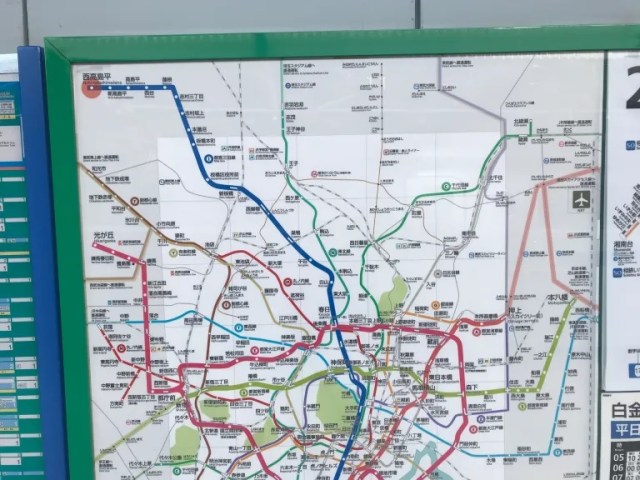
Mariko isn’t a complete stranger to the Mita Line, though, having actually lived at one of its stations, Sugamo, for almost 20 years before moving to a different part of Tokyo this past spring.

In all that time, though, most of her Mita rides were within a pretty narrow north/south section around Sugamo, followed by transfers to other places of interest in downtown. Today, though, she’d be taking the Mita line north to its final station, Nishi-takashimadaira, which is actually the northernmost station of any of the lines that are part of the Tokyo subway system.
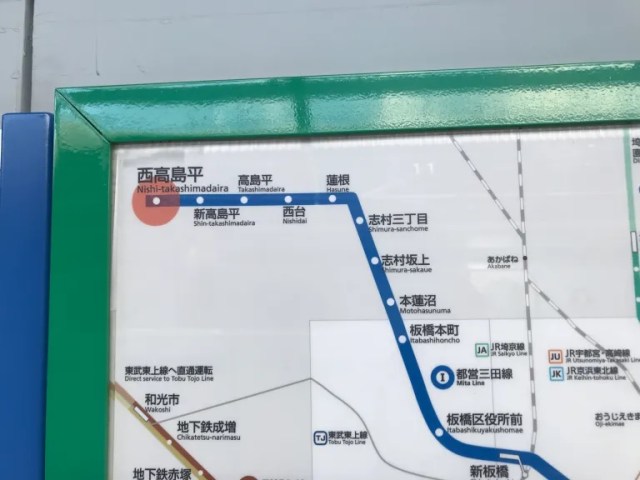

The Mita Line starts at Meguro Station, in the southwest part of downtown Tokyo. At this point, the track is entirely underground, heading north through the ritzy residential neighborhoods of Shirokanedai and Shirokane-takanawa and the office high-rise districts of Hibiya and Otemachi. Once you get north of downtown and reach Shimura-sakaue Station, though, the Mita Line goes above ground.
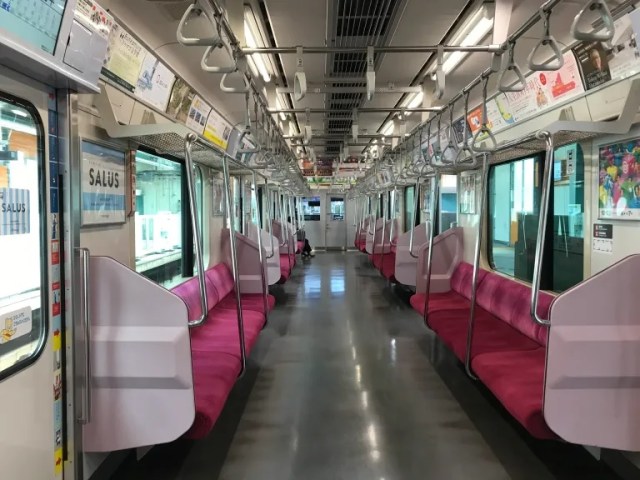
This is also where you’ll start seeing very few passengers on the train on a weekday morning/mid-day, since you’re going opposite the commuter flow. In addition to Nishi-takashimadaira (nishi meaning “west”), the Mita Line also has Shin-takashimadaira (“New” Takashimadaira) and just plain old Takashimadaira Stations. This area saw a ton of condominium and apartment building development during the years of Japan’s bubble economy, when people needed an affordable place to live that was still within commuting distance of jobs and schools in central Tokyo.
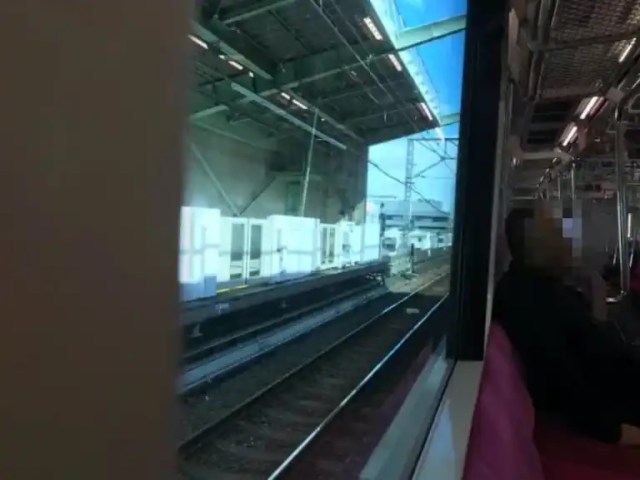

Because of that rapid residential growth, the scenery around Takashimadaira Station is a mix of gigantic apartment blocks and tree-lined streets that were incorporated into the city planning.
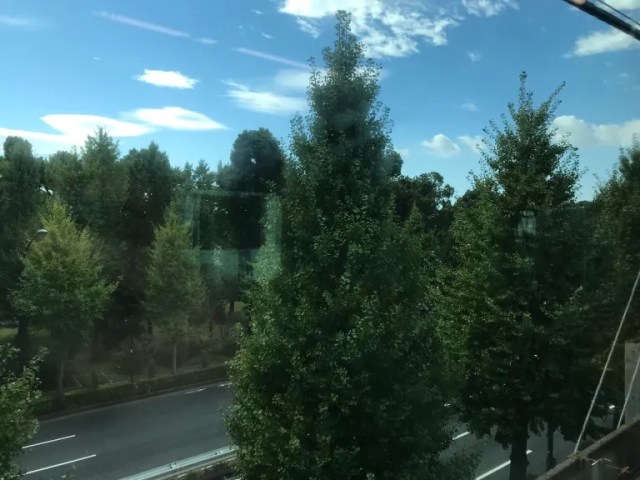
Not much later, Mariko’s train pulled into the 27th, and last stop on the Mita Line, Nishi-takashimadaira Station.
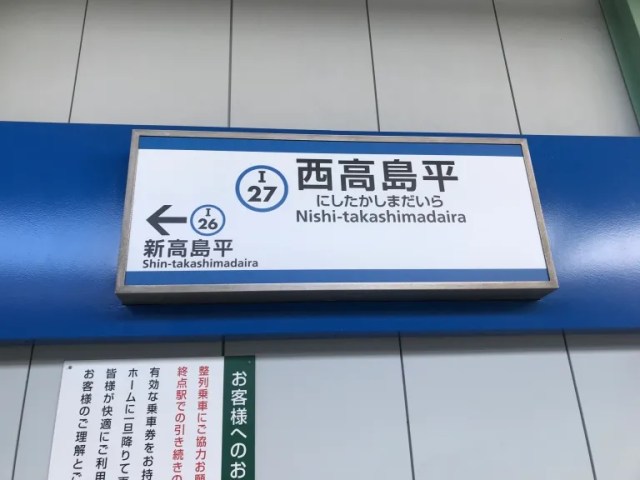
Aside from Mariko there was hardly anyone else still on the train, and the few people she had still been sharing it with were pretty much all gone from the platform and out the exit by the time she’d taken a snap of the station sign.
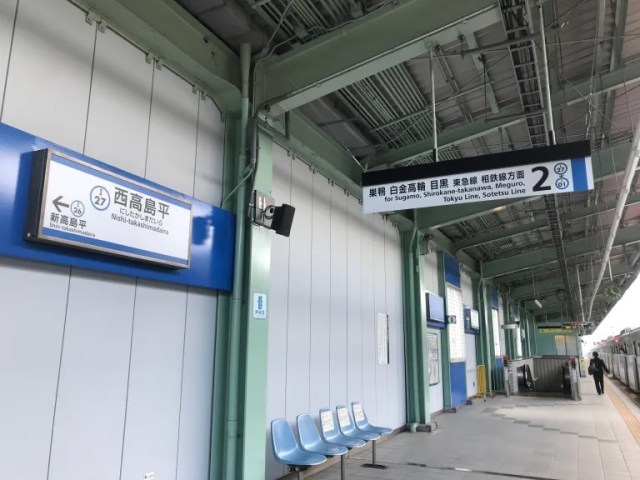
But there was one more thing that Mariko needed to snap a photo of while she was on the platform. Nishi-takashimadaira is the end of the Mita Line, but it wasn’t supposed to be. When the Mita Line was being planned in the 1960s, the idea was for it to eventually be extended even further north to link up with the Tobu train lines in Saitama Prefecture, Tokyo’s neighbor to the north. These plans eventually fell through, as did another round of such talks in the 1970s, a few years after the Mita Line started service. So for rail fans, there’s a certain what-could-have-been fascination with the Mita Line, and sure enough, you can see where the tracks come to an abrupt halt just a little past the end of the platform.
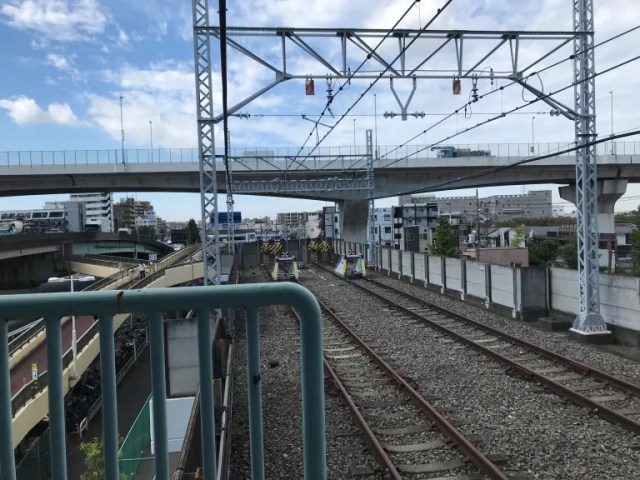
▼ The structure looks sort of surreal from outside, too.
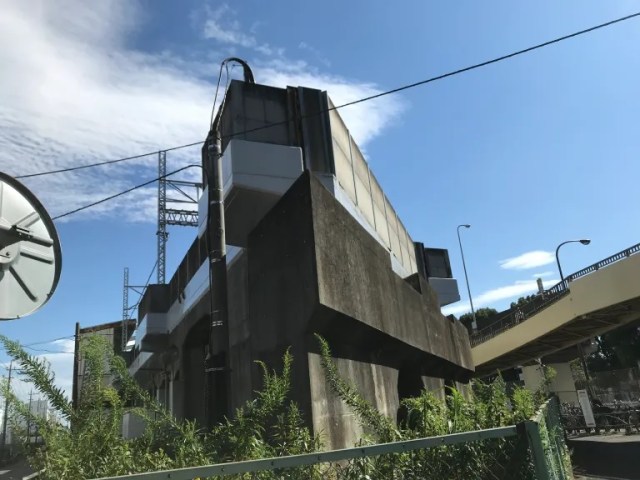
So the end of the Mita Line ended up being Nishi-takashimadaira, which is still in Tokyo, but just barely. As a matter of fact, it’s only about a 15-minute walk from the station to the Tokyo/Saitama border, so Mariko decided to go check it out.
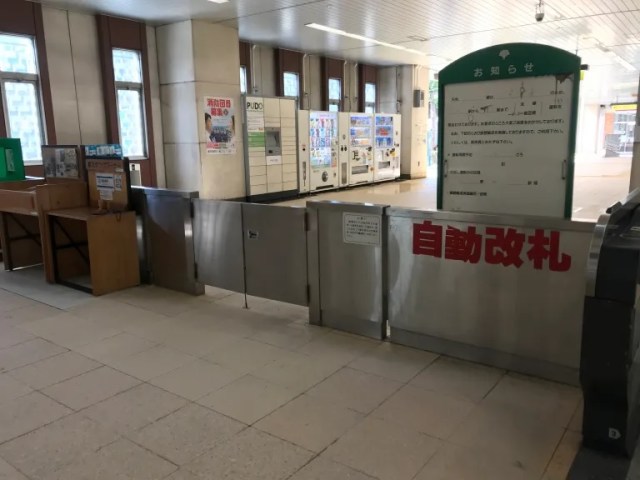
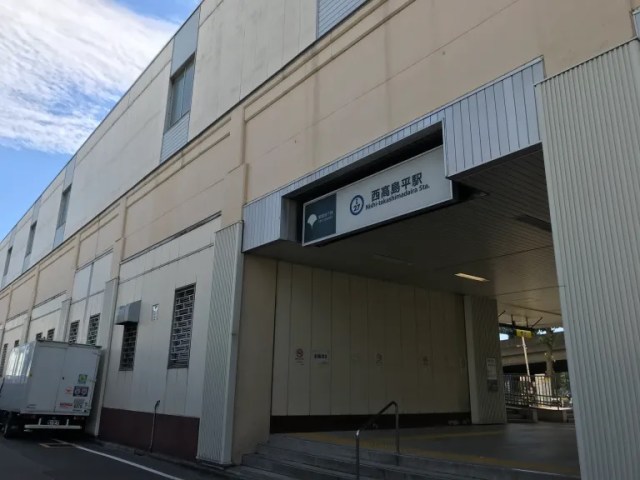
Nishi-takashimadaira doesn’t have much in the way of conventional tourism attractions. Mariko’s first impression is that there are a lot of trucks in the neighborhood, a result of the nearby distribution centers and warehouses.
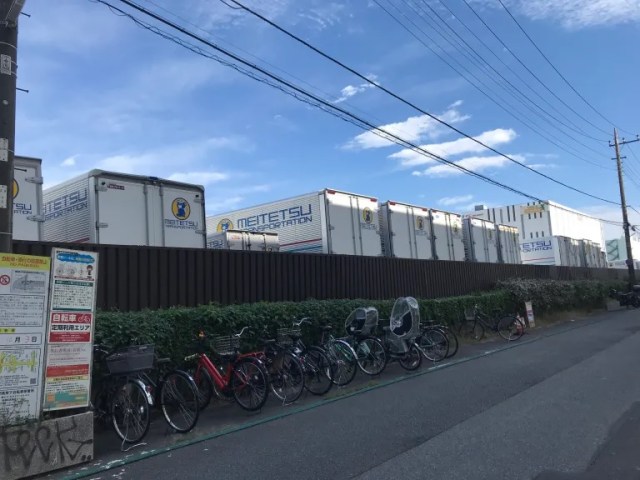
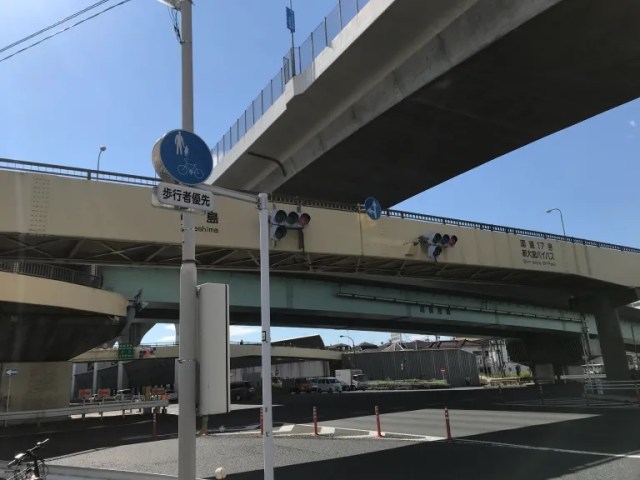
She also saw a lot of people on bicycles, as opposed to walking. There isn’t much in the way of shops or restaurants, so it seems local residents usually drive or bike to the next neighborhood over for supplies.
▼ There is, however, a 7-Eleven near the station. Remember this – it’ll be important later.
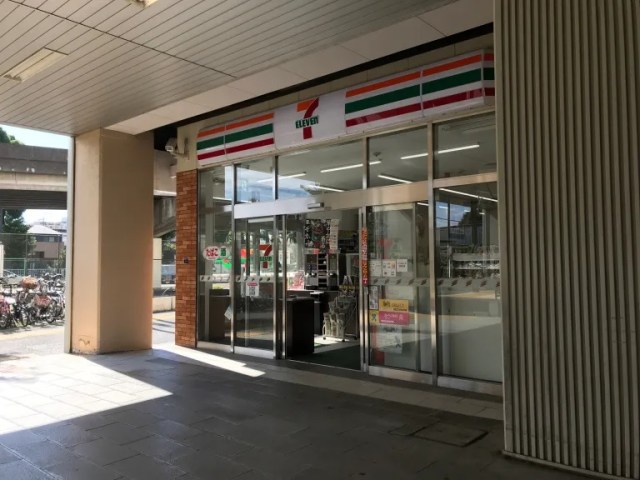
The Arakawa River serves as the border between Tokyo and Saitama, and it’s a few blocks north of the station. The station only has one exit, and immediately to its west is a large street that you can follow north until it turns into a bridge that goes over the river.


And it was here, right at the dividing line, that Mariko found exactly what she’d been looking for on this day she’d skipped out of working in a downtown office building.
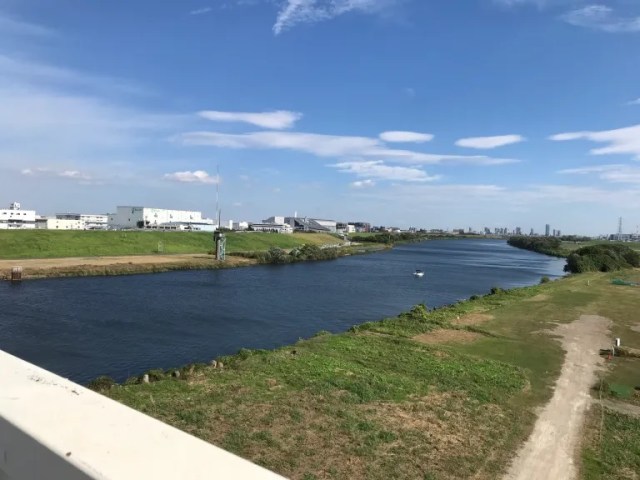
Nothing. The beautiful, bucolic nothing of a quiet Japanese riverbank on a sunny afternoon.
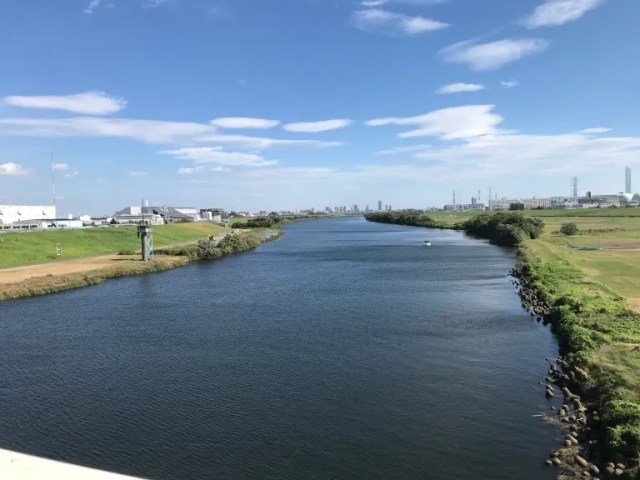
A place where she could see all the way to the horizon, without any overhead power lines slicing the sky as she gazed into its blueness.
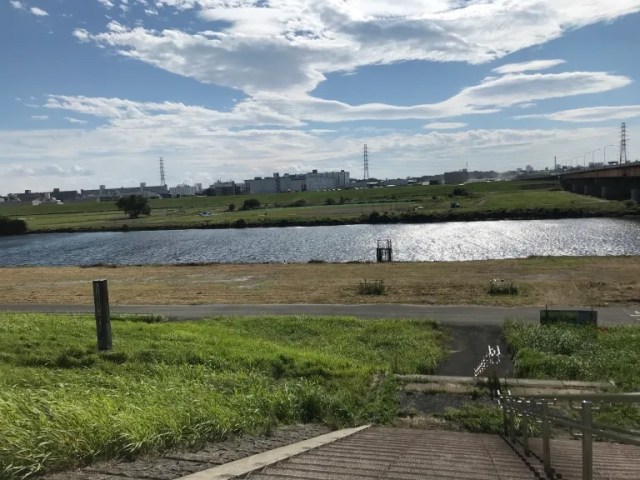
There’s an undeniable excitement and energy to downtown Tokyo. But when you’re in the middle of it every day, it’s only natural to start craving an occasional break, an oasis where there’s nothing more pressing to do than sit back and watch the river and clouds flow by, so that’s what Mariko did.
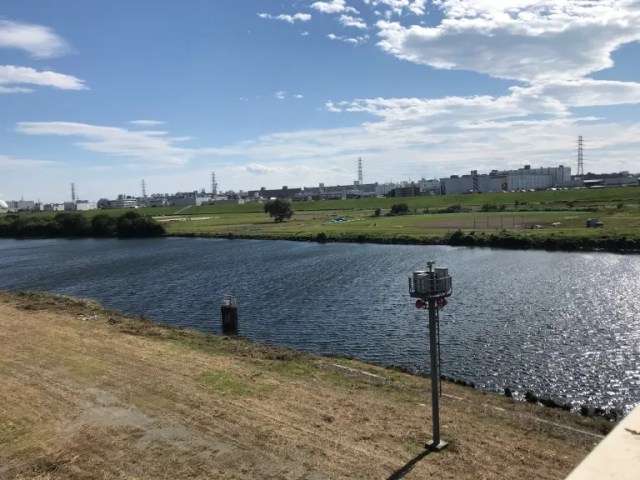
This is where that 7-Eleven we mentioned earlier becomes important. Grab yourself a sandwich, canned coffee, or some other kind of combini treat, park yourself next to the river, and you’ve got the making of a great stress-cleansing session/possible post-picnic nap.
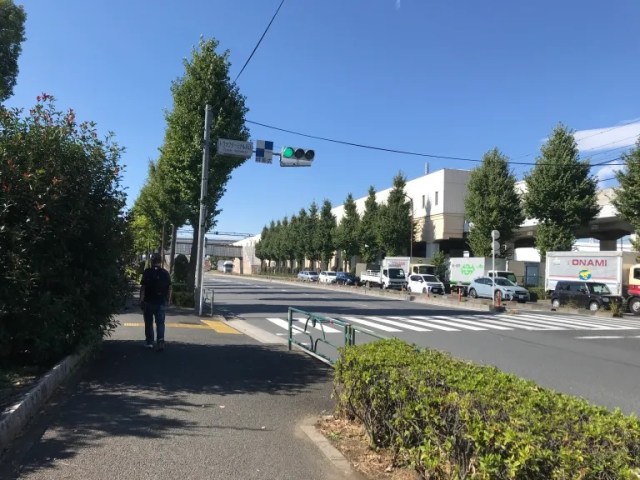
Eventually, it was time for Mariko to head back to Nishi-takashimadaira Station, and back farther into central Tokyo. But with even the entire-length Mita Line ride from Meguro to Nishi-takashimadaira taking just 53 minutes and costing only 377 yen (US$2.50), a return trip is always an option whenever she feels like there’s not enough nothing in her life.
Photos ©SoraNews24
● Want to hear about SoraNews24’s latest articles as soon as they’re published? Follow us on Facebook and Twitter!
Credit:

0 comments:
Post a Comment